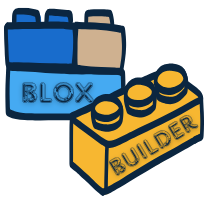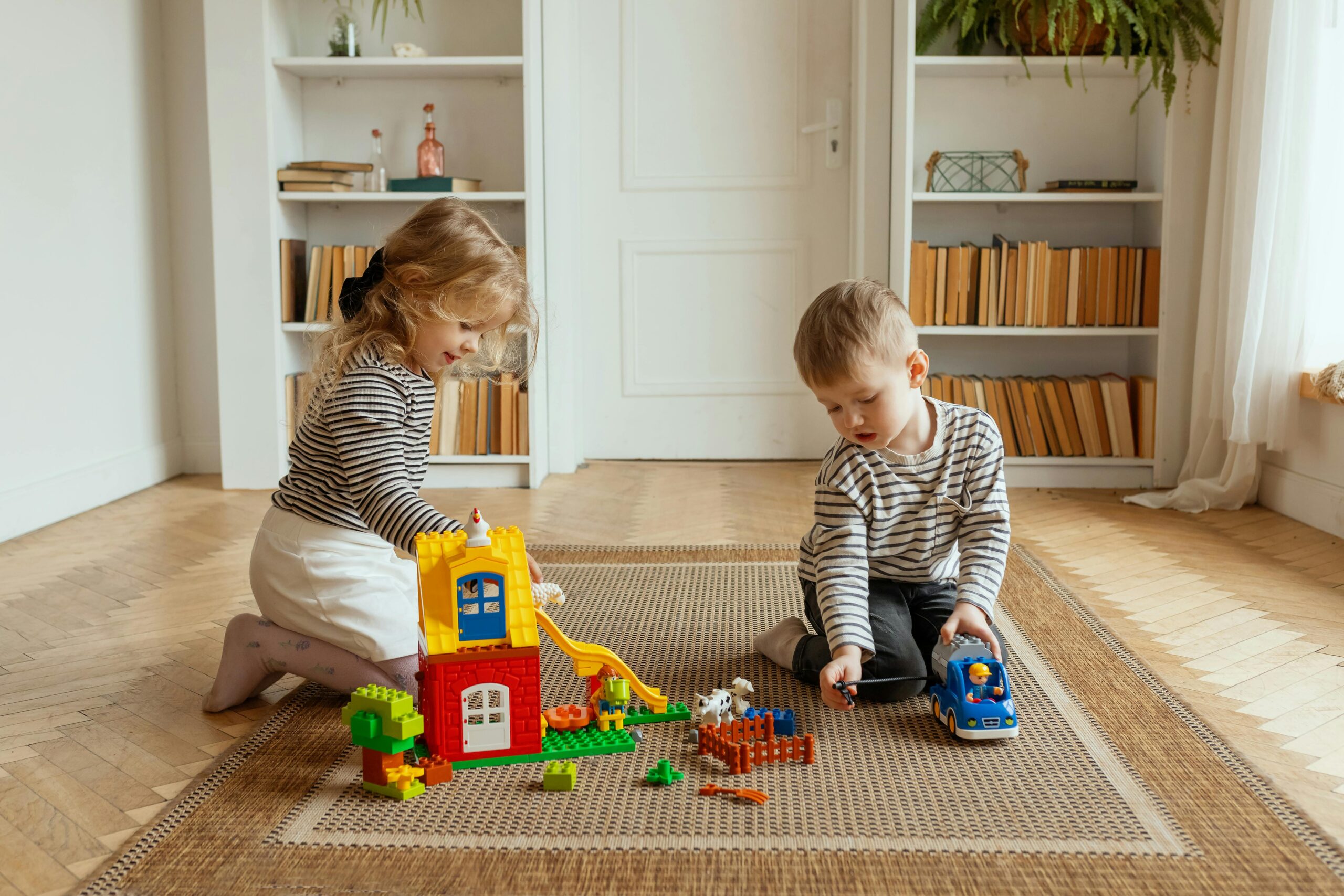If there’s one toy that has truly stood the test of time in our home, it’s LEGO. Those little interlocking bricks have not only been scattered across my living room floor more times than I can count—they’ve also played a huge role in how my kids (and even I!) learn, imagine, and problem-solve. In a world filled with flashy tech and endless apps, LEGO-based learning continues to be a total game-changer. And here’s why I think it deserves a permanent spot in every home and classroom.
First of all, LEGO inspires creativity without limits. One day, it’s a castle. The next day, it’s a spaceship. There’s no script or specific way to play, which gives kids the freedom to explore ideas on their own terms. That kind of open-ended play isn’t just entertaining—it’s essential. It helps build confidence and encourages kids to think independently. I’ve watched my child spend an hour redesigning a simple car, trying to make it faster or cooler, and in that process, he’s unknowingly practicing iteration, design thinking, and spatial reasoning.
What’s more, LEGO learning naturally integrates STEM concepts—without feeling like a chore. When we build together, we talk about balance, structure, weight distribution, and symmetry. We’ve explored basic physics through ramp experiments, engineering challenges by trying to build the tallest tower possible, and even math by counting studs and estimating brick quantities. It’s hands-on, it’s interactive, and best of all, it doesn’t require a worksheet or a lecture.
Another reason I’m such a big fan of LEGO-based learning is that it’s incredibly accessible and adaptable. Whether you’ve got a classic bin of bricks, a themed set, or a more advanced LEGO Education kit, you can tailor the learning experience to suit any age or interest level. My younger child loves to sort colors and match shapes (great for early learning), while my older one is getting into simple robotics with LEGO SPIKE and learning coding logic through drag-and-drop platforms.
And let’s not forget collaboration. One of the most surprising benefits I’ve seen is how LEGO brings people together. My kids work on projects as a team—sometimes with friends, sometimes with me—and they learn how to share, communicate, and resolve design disagreements (which happen more than you’d think). That social learning is just as valuable as the academic benefits.
LEGO also aligns perfectly with project-based and homeschool-style learning. We once created an entire miniature city as part of a geography and civics unit. My kids researched what a city needs—roads, schools, government buildings—and then built it out of LEGO. It turned into an unforgettable learning experience that combined research, writing, presentation skills, and creative construction. They still talk about it.
Sure, there are digital tools and apps that promise to teach coding, engineering, and design—but in my opinion, nothing beats the tactile, unplugged, hands-on magic of LEGO. It encourages kids to engage fully, to try and fail, to rebuild, and to stay curious. They’re not just building toys; they’re building knowledge, skills, and resilience.
So if you’ve got a dusty bin of bricks sitting in a closet, bring it out. Or if you’re looking for a screen-free way to make learning fun again, LEGO might just be the solution you didn’t know you needed. It’s not just play—it’s learning in disguise. And in a world that often overcomplicates education, LEGO keeps it simple, fun, and incredibly effective.



